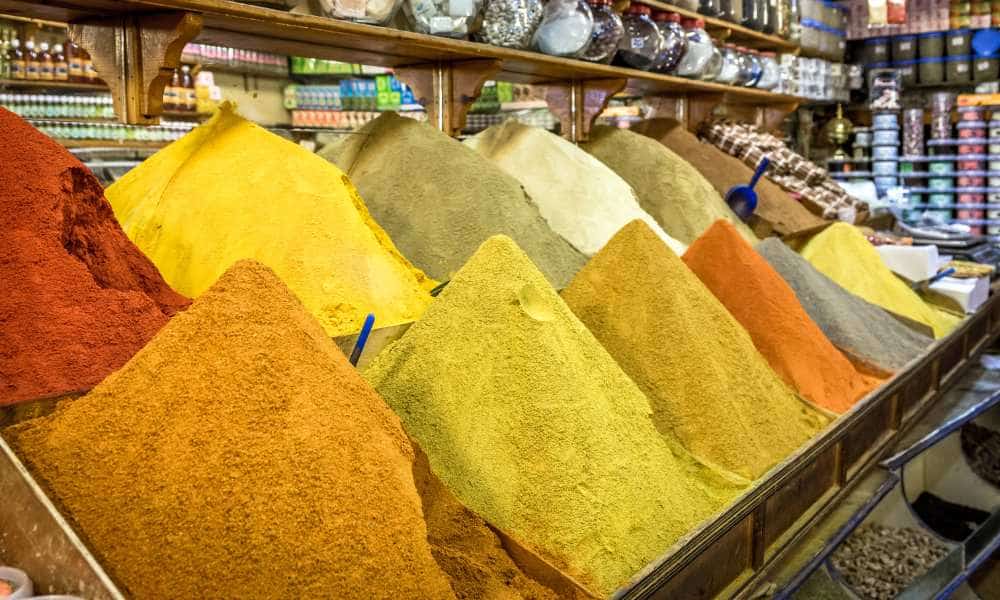The Magic of Moroccan Spices: A Journey Through Flavor

Moroccan cuisine is renowned for its rich and complex flavors, achieved through the artful use of a variety of spices. These spices not only add depth and warmth to dishes but also reflect the cultural diversity and history of Morocco.
At the heart of Moroccan cooking are spices such as cumin, coriander, turmeric, saffron, ginger, and cinnamon. Each spice brings its unique aroma and flavor, creating a harmonious blend that defines Moroccan dishes.
One of the most iconic spice blends is ras el hanout, which translates to "head of the shop." This blend can include up to 30 different spices, with common ingredients such as cardamom, cloves, paprika, and nutmeg. Ras el hanout is used to season meats, vegetables, and couscous, adding a distinctive and exotic flavor.
Saffron, often referred to as the "golden spice," is another essential ingredient in Moroccan cuisine. Known for its vibrant color and subtle flavor, saffron is used in dishes like tagines and couscous, as well as in desserts and tea.
Moroccan cuisine also features preserved lemons, which add a unique tangy and salty flavor to many dishes. Combined with spices like cumin and ginger, preserved lemons elevate the taste of stews, salads, and marinades.
The magic of Moroccan spices lies in their ability to transform simple ingredients into extraordinary meals. By understanding the characteristics and uses of these spices, you can bring the essence of Moroccan cooking into your own kitchen.
Experimenting with Moroccan spices is a delightful way to explore new flavors and enhance your culinary skills. Whether you are making a traditional tagine or a modern twist on a classic dish, these spices will add an authentic touch to your creations.

Social Plugin